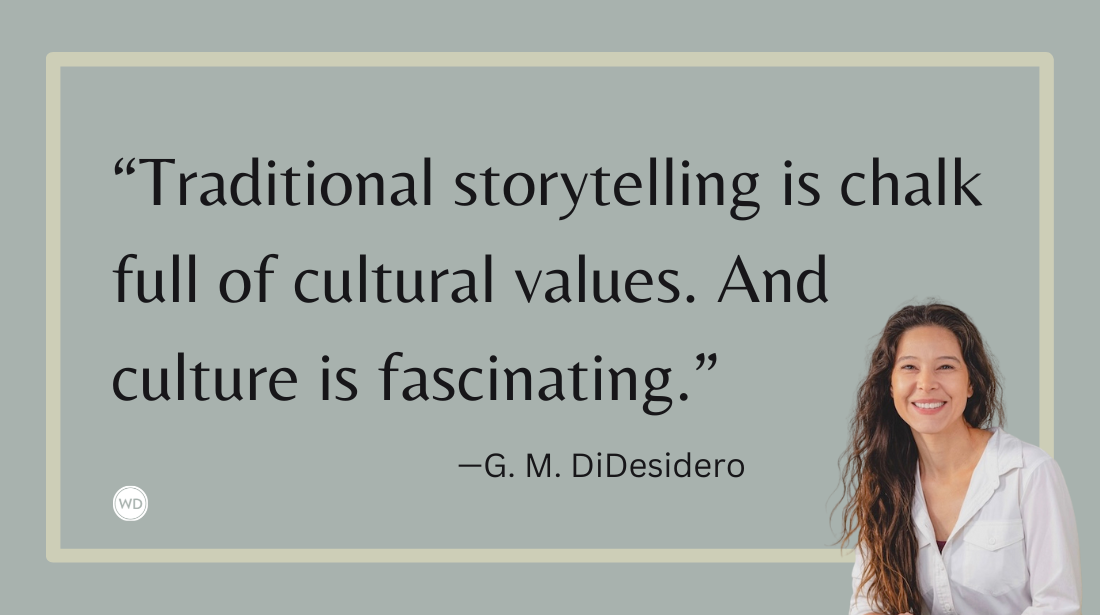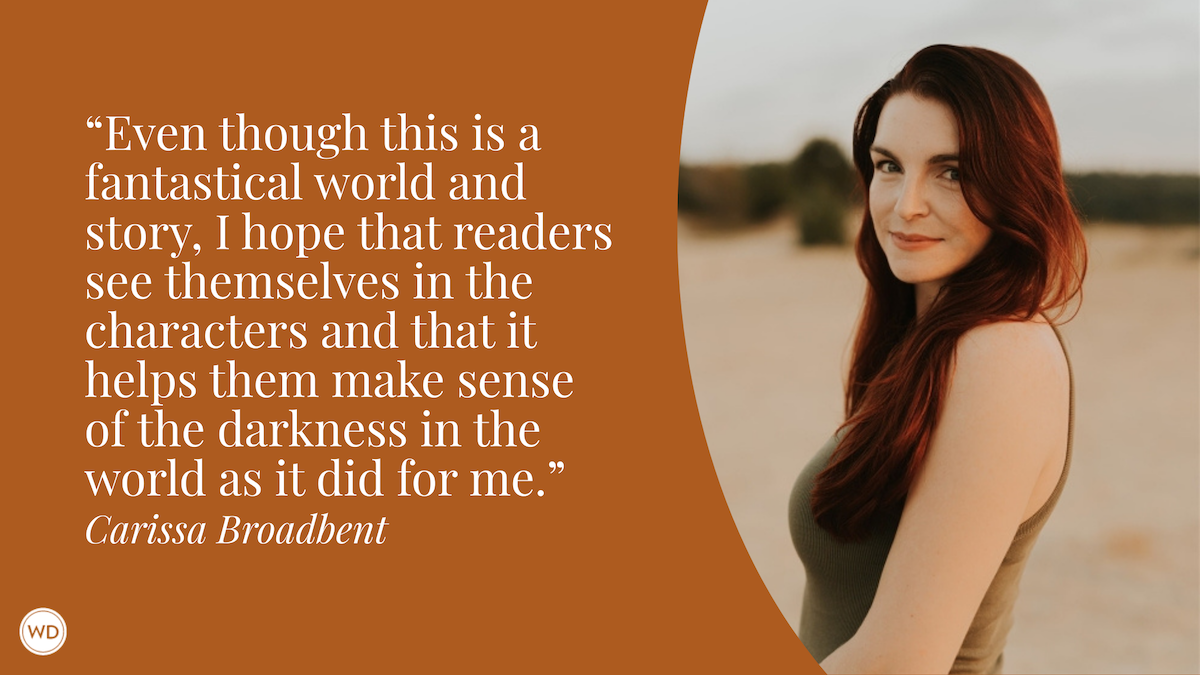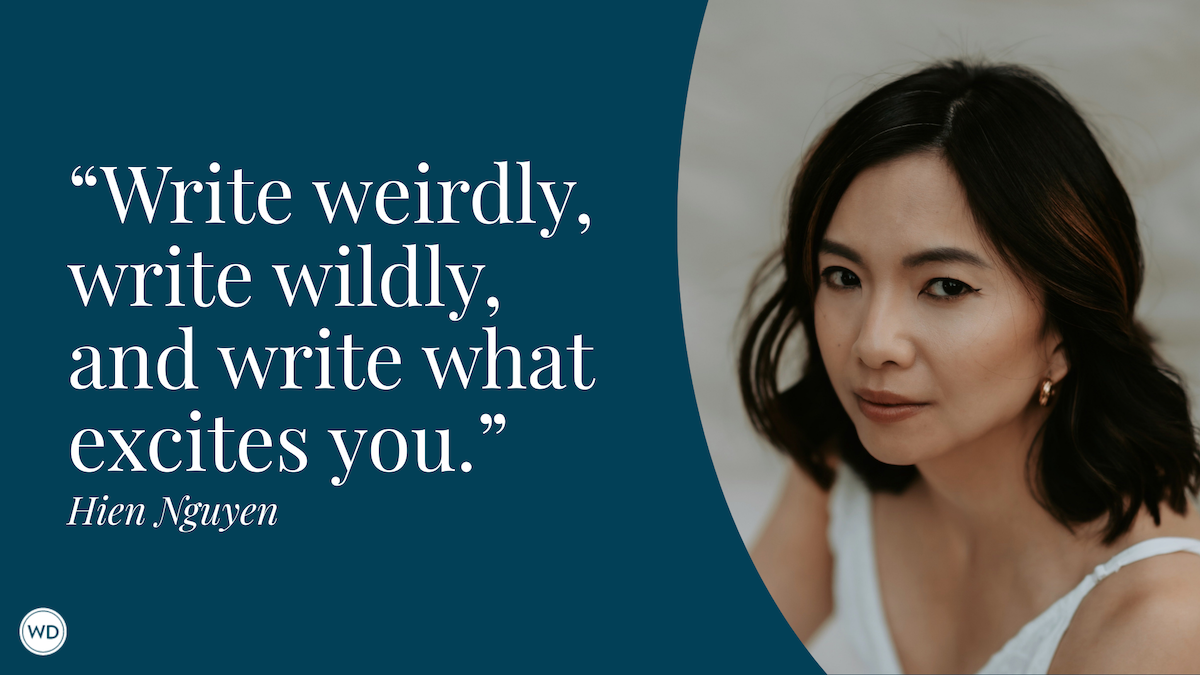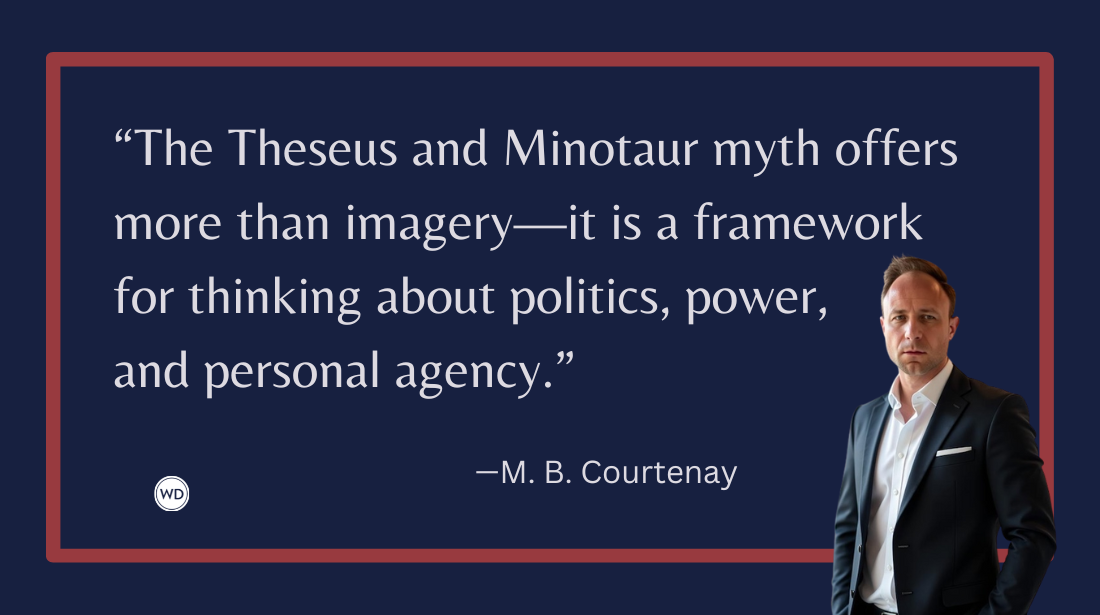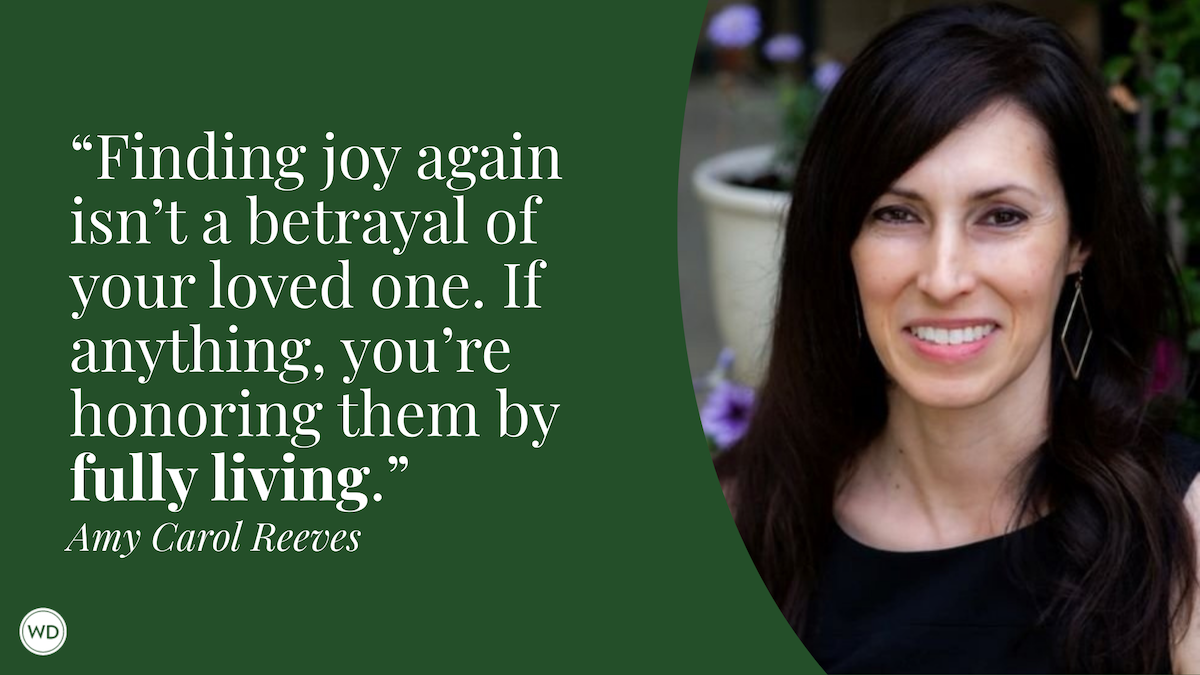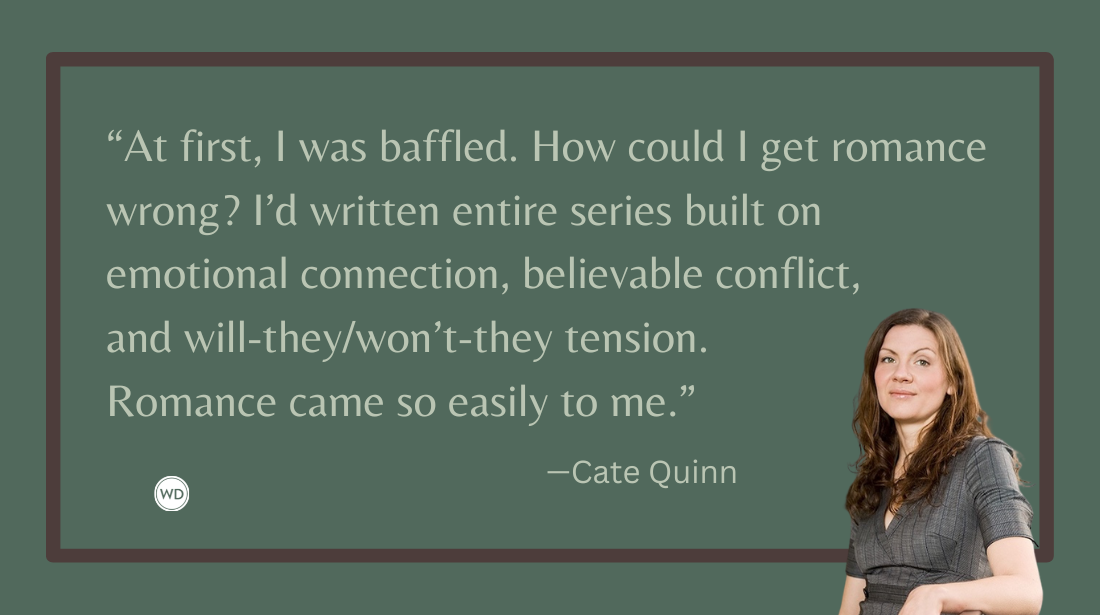When Cultures Collide: 3 Ways to Create Tension in Worldbuilding in a Novel
Worldbuilding is more than just drawing up a map and traveling from one place to another. In this post, Greta Kelly shows three ways to create tension in worldbuilding, especially as it relates to the various cultures of the world in your novel.
Worldbuilding: Love it or hate it, if you want to write a fantasy novel, it’s a necessary step in the process. After all, we’ve all gotten halfway through a novel only to realize that the story is completely divorced from the world in which it’s set. That should-be epic wizard battle, which was meant to occur in a world like Middle Earth, could just as easily take place in a Nebraskan farm-field and nothing about the story would change. As a reader it’s disappointing. As a writer? It’s the stuff of nightmares.
What’s the solution? How do you create a world of such depth and nuance that your story simply couldn’t exist anywhere else?
You make your world not simple set-dressing, but a character in its own right, one that adds tension and urgency to the conflict at your story’s heart. And here are three ways how you can do just that.
Fight Over the History of Your World
In my opinion, using the past to ratchet up tension is a vastly underrated worldbuilding tool. None of us are free from the shackles of history, so why should your characters be? S.A. Chakraborty does this masterfully in her Daevabad series, where conflict has been raging for centuries and atrocities have been committed on all sides.
This isn’t to say that you should include a 50-page history lesson in your novel (please, please… just don’t.) But your story will feel so much richer, so much more intense if readers have a sense that these conflicts have been boiling for eons—that war didn’t just magically erupt because your hero walked into the room.
And if you give your main character a chance to hear both sides of the fight, they might just find that ‘good’ and ‘bad’ are only a matter of perspective.
Fight Over the Natural Resources of Your World
This one sounds like a no-brainer. I mean, we humans have been fighting over access to things like water, oil, and iron for ages. But what about magic? This is a fantasy world, isn’t it? Why wouldn’t magic be another natural resource to exploit?
Who has magic and who wants it is a central conflict of my novel, The Frozen Crown. The main antagonist has spent nearly a century conquering kingdom after kingdom to control magic in the north. So it makes sense for my heroine, Askia, to look to the southern empire of Vishir for aid. But there too, magic is a contested resource. As much as Askia needs Vishir’s powerful guild of witches on her side, she also desperately needs the Vishiri army—a force polluted with heavy anti-witch sentiment.
Does it feel like an un-walkable tightrope? Sure. But that’s also what makes it interesting. So break out that map I know you made of your fantasy world, and really look at the scenery. Who knows, all those toothy mountain ranges might just be hiding a rich seam of conflict.
*****
IndieBound | Bookshop | Amazon
(WD uses affiliate links.)
*****
Fight Over the Power and Class of Your World
Now I know that most fantasy novels focus on the fight between one kingdom against another, but what if yours is a kingdom at war with itself? Now, I can hear you saying, “Wait a minute, Greta—isn’t this article supposed to be about clashing cultures?” Sure, it is! But if you’ve ever heard a 20-something sigh, okay boomer, or a gen x-er complain about millennials, you’ll realize that the cultural divide inside a society can be just as vast as the ones that cross borders. Much of those divides center around ideas of power and class.
A prime example of this is The Hunger Games; one country riddled with divisions threatening to pull it apart at the seams. All it took was one young woman to tug on the right thread. Not only was that book a great illustration of using power and class disparities to fuel tension, it also shows how to put such a massive conflict on the page.
Suzanne Collins didn’t info-dump the whole history of Panem in chapter one—no one would have read that. Instead, she focused on Katniss and the daily struggles she faced as a denizen of District 12. Only when it became important to the story, did the lenses widen. Let that be a lesson: Start small and work your way outward, allowing your readers figure out as much as possible by inference and through dialogue and action.
Take a look at the society around your hero. Who has power, and why? Is there an opportunity for mobility, or are you trapped in the role to which you were born?
Remember, no culture is a monolith. The world around us is filled with divisions—from the distribution of wealth to differences in religion. By inviting conflict into your heroine’s home—and homeland—you can create new and ever more heartbreaking obstacles for them to face while keeping your readers on the edge of their seats.
So, the next time you sit down to write, remember: Your world and your plot are inextricably linked, changing one should change and inform the other. Only by weaving character, setting and plot together can you create a story that is truly unforgettable.
*****
Writers often look upon outlines with fear and trembling. But when properly understood and correctly used, the outline is one of the most powerful weapons in a writer's arsenal.
Greta K. Kelly is (probably) not a witch, death or otherwise, but she can still be summoned with offerings of too-beautiful-to-use journals and Butterfingers candy. She currently lives in Wisconsin with her husband EJ, daughter Lorelei, and a cat who may, or may not, control the weather. She is the author of The Frozen Crown (Harper Voyager).




